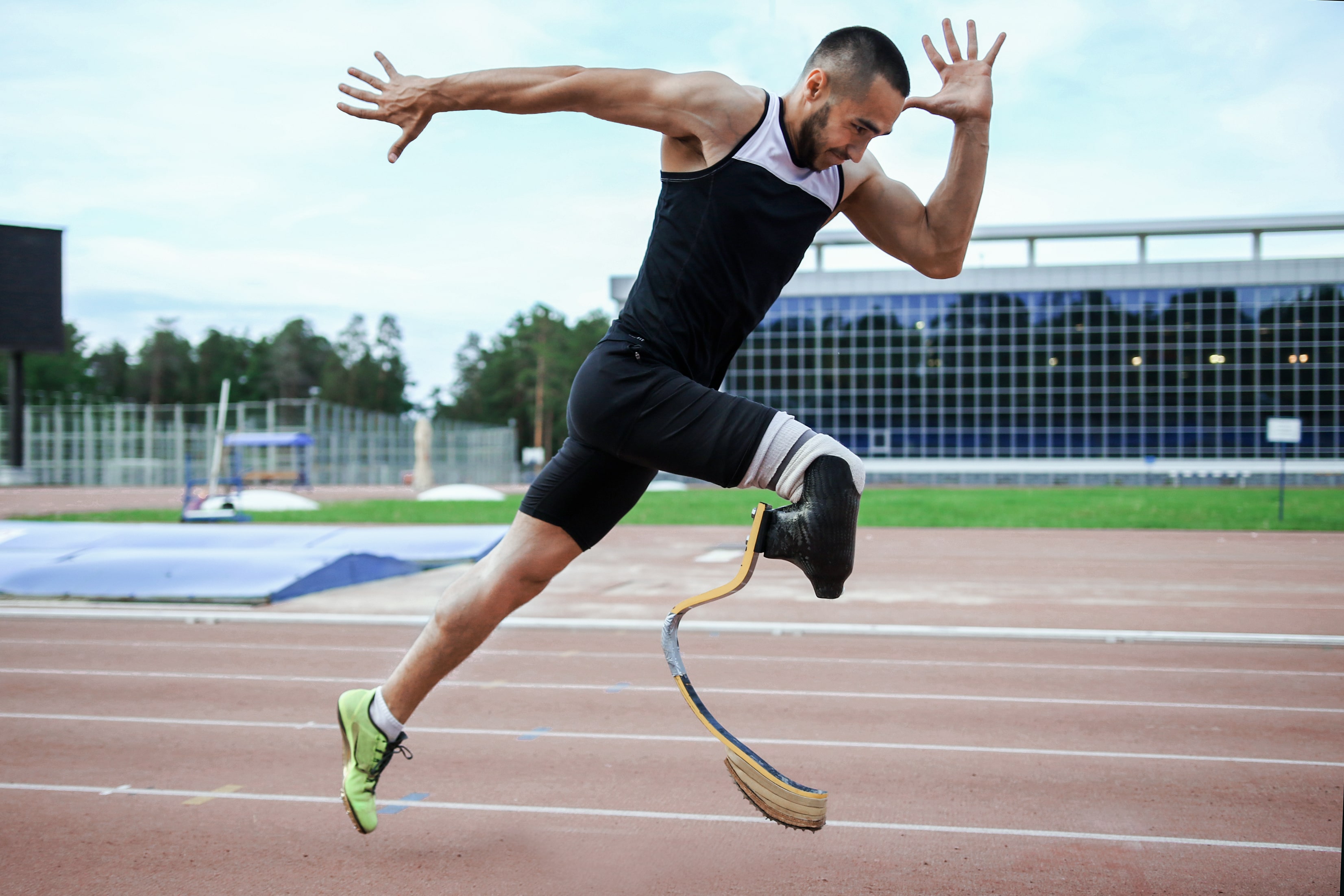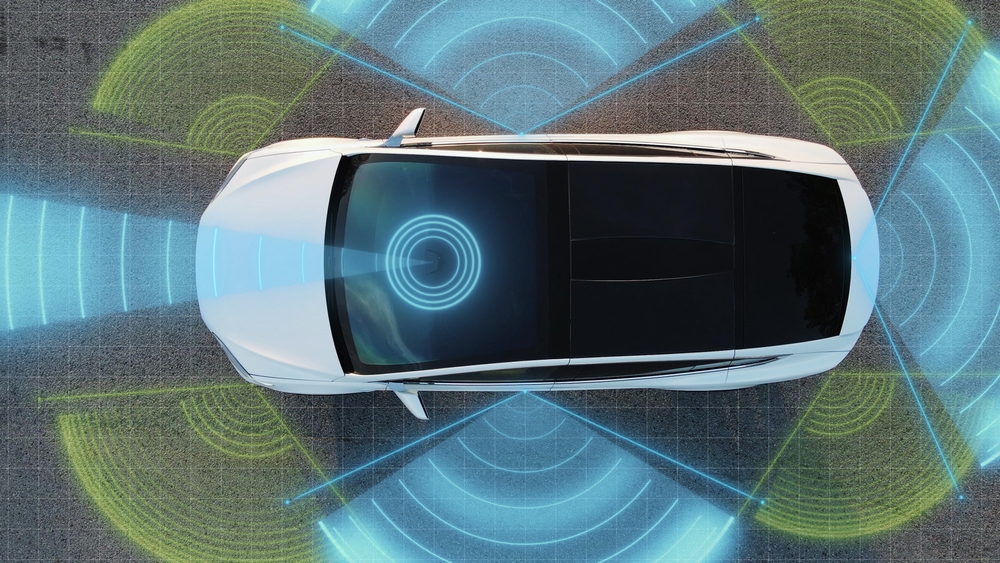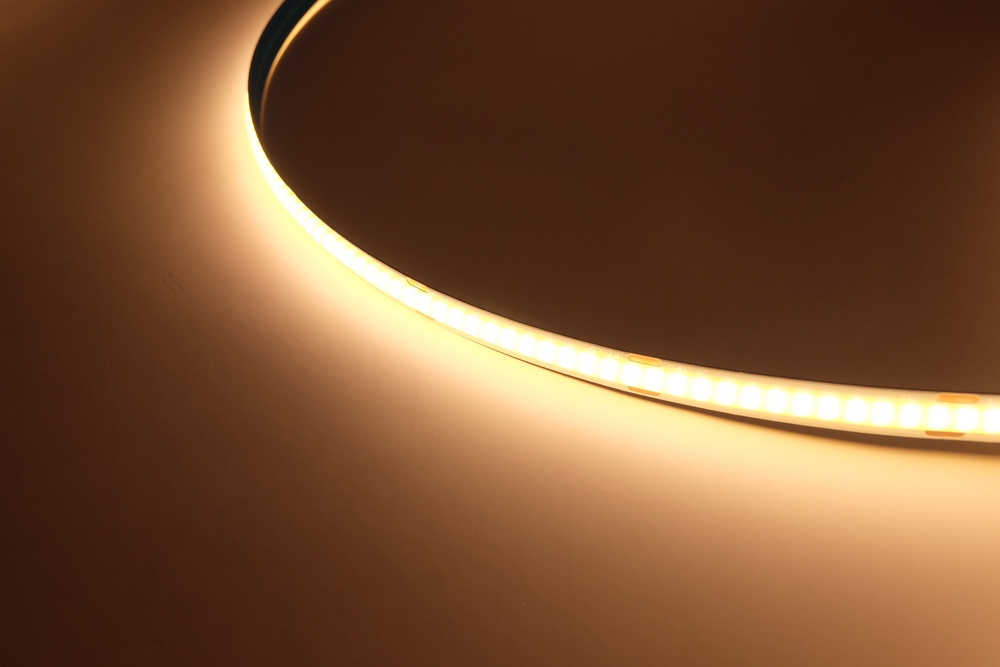Cutting-Edge Tech at The 2020 Paralympics

The Tokyo 2020 Paralympic Games are underway. Find out the technologies helping para athletes make their medal dreams come true.
It’s another test of stamina, speed, and strength. This time, it’s the elite athletes competing at the Tokyo 2020 Paralympic Games. In this article, we look at assistive technologies that enhance the performance of Paralympic athletes around the world, giving their natural abilities a boost while giving them an edge over the competition!

Assistive technology in Para sport
On July 29, 1948, the first-ever competition for wheelchair athletes took place in Stoke-Mandeville Hospital in the United Kingdom. Sixteen injured war veterans--fourteen men and two women--competed in the sport of archery.
It was organized by Dr. Ludwig Guttmann, head of the Stoke-Mandeville Hospital’s Spinal Injuries Unit. More than a decade later, what had begun as rehabilitation sports had evolved into competitive sports. In 1960, the first Paralympic Games were held in Rome, where 400 athletes from 23 countries participated.
Let’s take a look at how innovations in technology have evolved to assist para athletes.
Wheelchairs
From basketball and athletics to rugby and tennis, wheelchairs are being used in fast-paced Para sports. These wheelchairs are customized to the athlete’s needs and their impairment classification. In basketball, bucket seats with higher backrests provide more stability for athletes with less mobility in their lower bodies. In basketball and tennis, the wheel is bent 20 degrees to the ground, allowing fast turns. In rugby, wheelchairs are made of titanium or aluminum to withstand crashes.
Just how rough can wheelchair rugby get? Watch this video explaining the rules of the game.
Running blades
The prostheses of the 1960s and 70s weren’t built for speed. Van Phillips, a biomedical engineer who lost his leg in a waterskiing accident, changed all that. In the early 1980s, he invented the Flex-Foot, a carbon graphite prosthesis inspired by the C-shaped hind leg of the cheetah.
“When the animal lands on the ground at 50 miles per hour,” Phillips explained in an interview, “that long tendon is being stretched like a catapult. It’s the long tendinous fibers that propel the animal forward.”
Össur, an orthopedic company based in Iceland, acquired Flex-Foot in 2000. They have since developed designs for specific Para athletic sports such as the long jump, distance running, and sprinting.
Watch this video of Paralympic athletes testing Össur running blades, as well as a peek at their manufacturing and customization.
Assistive devices in archery
There are different types of assistive devices in archery. One of them is the release brace. It is hinged onto a brace that is strapped around the archer’s upper body. A manual trigger mechanism or other hinges help the archer release the arrow. If part of their arm is missing, archers can strap their release to their arm or elbow, activating it with hinges or with triggers in the mouth.
Tapping devices in swimming
In Paralympic swimming events, visually impaired swimmers have assistants called “tappers” who alert the athletes when they’re close to the wall and when to turn. The tappers stand at the edge of the pool holding a soft pole device. While there are no standard rules for the tapping device, they must be approved by the International Paralympic Committee (IPC) before use.
A more high-tech option is the Blind Cap by Samsung, which was developed in partnership with the Spanish Paralympic Committee and Cheil Spain. Using the Blind Cap app, the coach taps once on his smartwatch or phone to alert the swimmer that he is near the edge of the pool. A small vibrating sensor in the Blind Cap lets the swimmer know it’s time to turn.
Para athletes: breaking boundaries
Aided by technology, para athletes have been testing and breaking boundaries--proving time and again the strength and resilience of the human spirit.
"The biggest difference, I think, between able-bodied versus adaptive athletes ... most adaptive athletes have a lot more heart. They can really push the limit. Many have seen what true pain feels like. They can push past that threshold of pain and tolerate it," shares Jeff Waldmuller, an adaptive athlete and a prosthetist with Ottobock, the official technical service partner in the Tokyo Paralympic Games.
"And then they've always been told, 'You can't do this, you can't do that,' so they have this drive to push so much further. That's what makes adaptive athletes so incredibly tough. It's really more about that than the technology."
All the technology in the world would be meaningless if a para athlete doesn’t choose to stay focused, positive, and determined. This is the same level of commitment that we should strive for in our own lives--whatever the challenge or goal.
As one of the Top 21 EMS companies in the world, IMI has over 40 years of experience in providing electronics manufacturing and technology solutions.
We are ready to support your business on a global scale.
Our proven technical expertise, worldwide reach, and vast experience in high-growth and emerging markets make us the ideal global manufacturing solutions partner.
Let's work together to build our future today.
Other Blog







